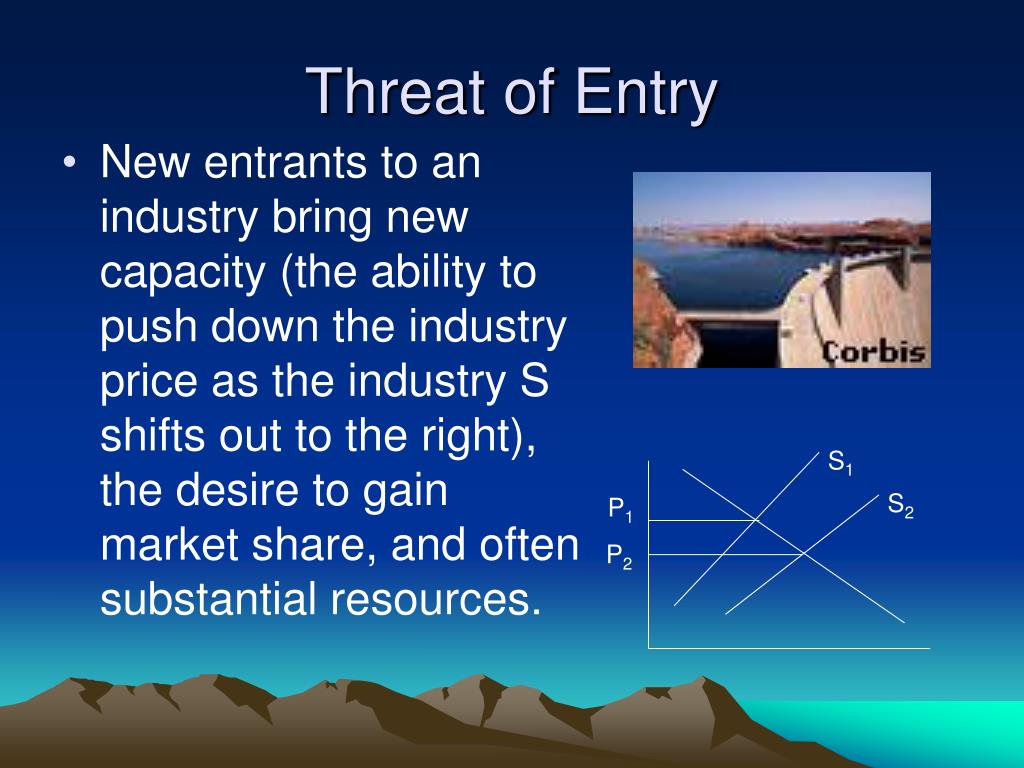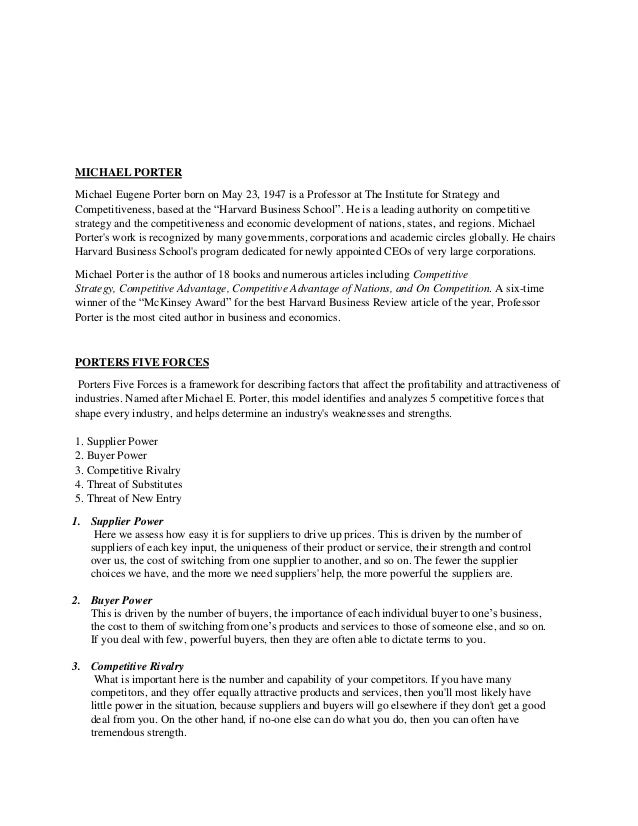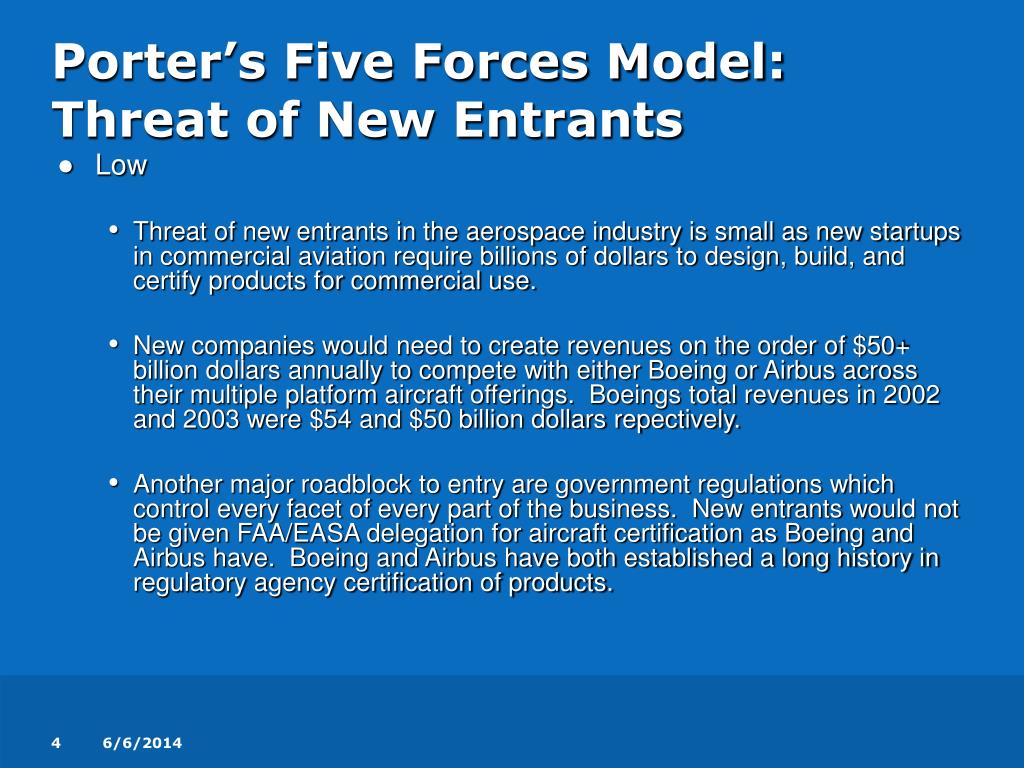

Ideal industries have low threats from each of these forces (i.e., low buy power, low rivalry, low risk of new entrants, etc.).

Suppliers: Are you easy to deal with? Can you configure your IT systems so that you have a better level of integration with your suppliers? Do these same IT systems allow you to pay your creditors before time?īuyers: Well, we all know who are customers are. Substitutes: What actually makes your product unique? Can IT be used to make it even more so? Again through collection and analysis of market intelligence can you strengthen your product’s position in the market? But what about applying IT to the task of gathering competitor intelligence through the analysis of social media and news alerts? New entrants: Improving productivity and reducing costs are one focus of IT.

You can see from this list of five forces that information technology can play a significant part in each. With respect to the threat of new entrants, how easy is it for another pizza shop to open up just down the road? With respect to the threat of substitutes, if we see pizza as a take-away food what other products can substitute as take-away food? With respect to the bargaining power of suppliers, how much influence does say the landlord, those giving permission for the shop to setup, and the pizza ingredient suppliers have with the pizza shop owner? With respect to the bargaining power of buyers, how much influence do the pizza shop customers have? Are they loyal, can they handle price changes? And finally, with respect to industry rivalry how intense is the competition? How much advertising needs to be done, what does it take to remain sustainably competitive, how many competitors are in the market? To explain, let’s use the example of a corner pizza shop. Michael Porter’s framework for analysing an industry’s competitiveness and for developing business strategy is commonly called “Porter’s Five Forces”. Let’s start with defining Porter’s Five Forces.


 0 kommentar(er)
0 kommentar(er)
